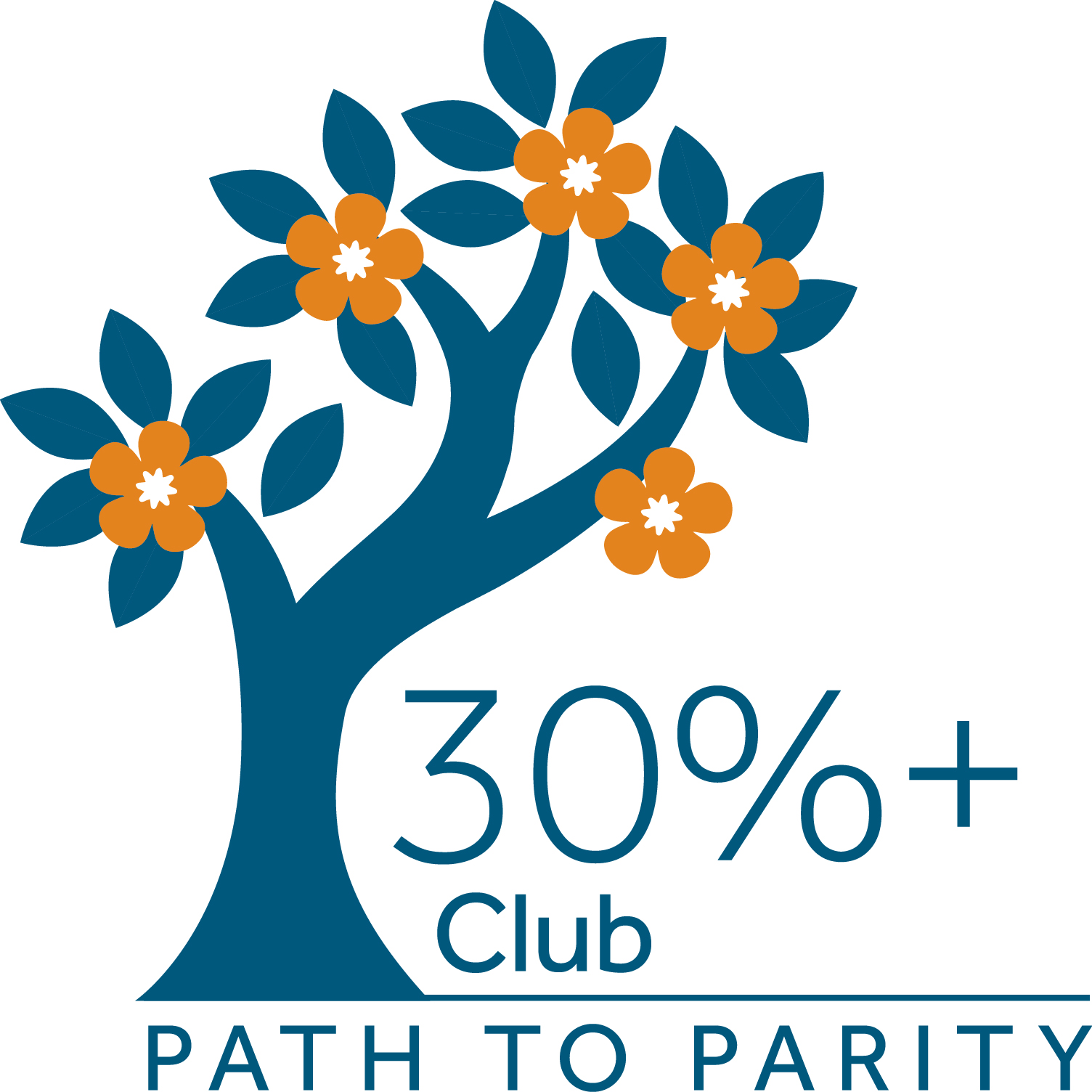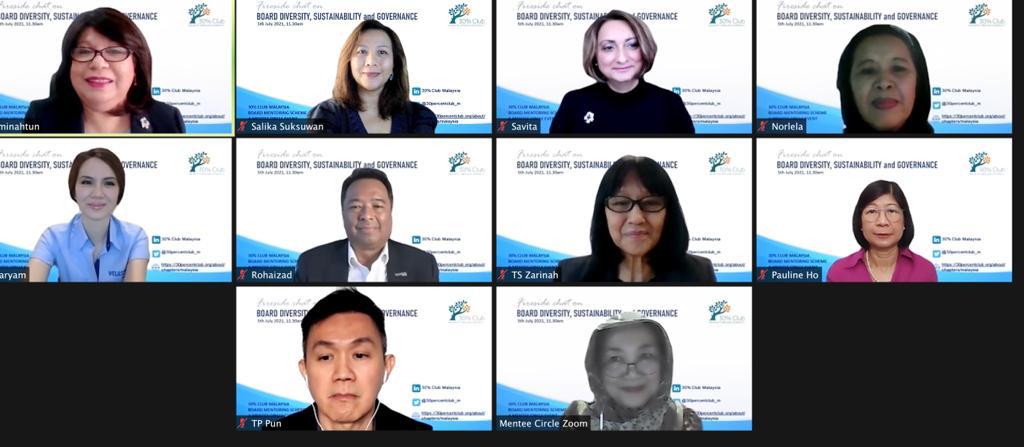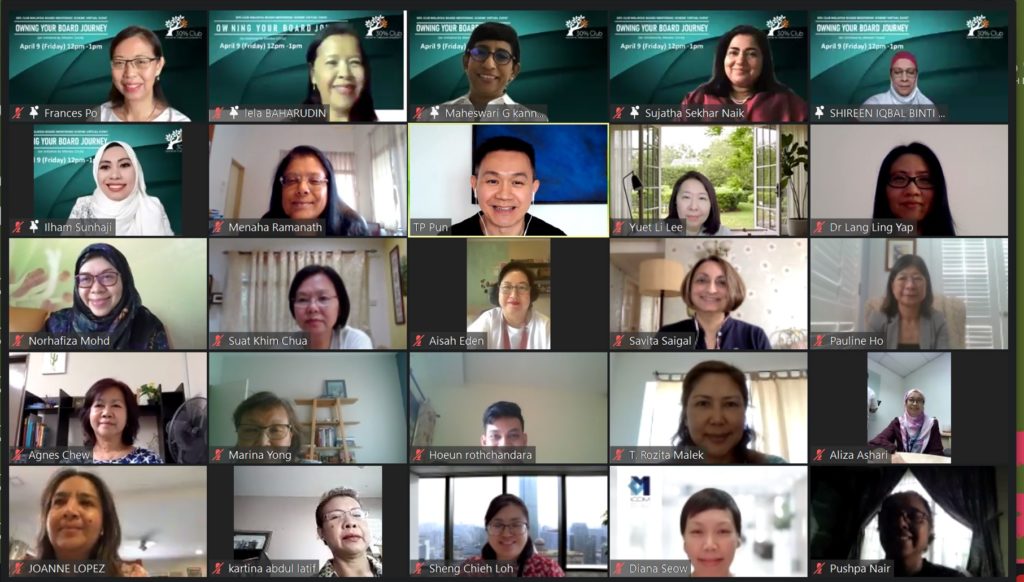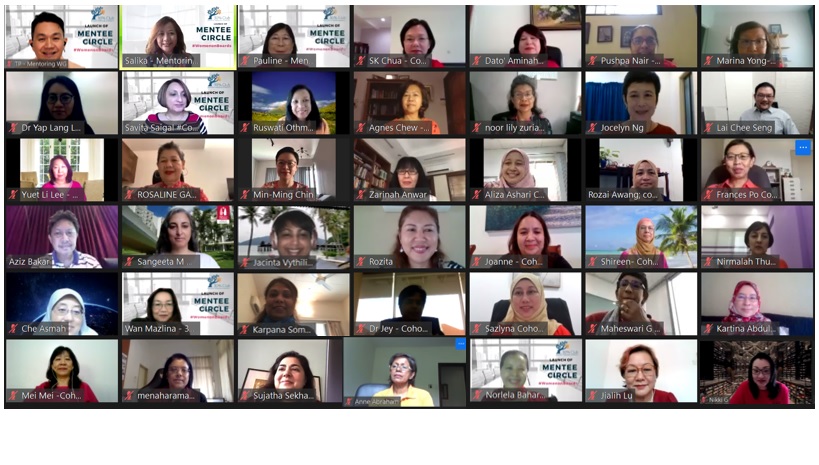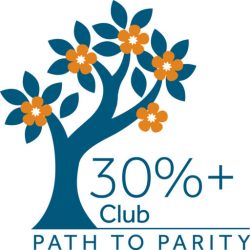Q&A WITH CAROLINE NAHAS, OUR LATEST 30% CLUB SCHOLAR
Q: Caroline, give us an overview of your career path to date.
A: I am a global Finance professional with solid background in FP&A, Business Development, and Investor Relations. I am recognized for innovative problem solving, self-motivation, and an inquisitive approach, exceeding goals in deadline-driven and cost-containing environments.
I started my career at Edenred, a French company (former Accord Group) specialized in prepaid corporate services. I then joined Deloitte as a consultant for strategy and operations. In 2012, I joined Hidrovias do Brasil, a fluvial transportation company managed by few private equities – among which Blackstone and Patria Investimentos. I was responsible for structuring and leading the FP&A/IR function and processes to adapt them to the organizational growth from startup to operational company.
Finally, in 2019, I joined Mondelēz as a Finance Manager for the North America Region to support the structuring and expansion of the External Manufacturing department; in February 2021 I moved to the Procurement and Commodities department to support Mondelēz for risk management of Commodities and Forex volatility.
Over my career, I have experienced different environments, ranging from start-up to recognized companies with fully established processes.
I know this award carries many opportunities and responsibilities. The most important is to define how I will carry this accomplishment forth in my career, and how can I support others in building their own path.
Why do you want to study your chosen course?
This industry and market diversity present in my professional trajectory provided me with the ability to adapt across different business cultures and leadership styles. As I am always seeking to grow and develop, I constantly challenge ways of working and, most importantly, my personal approaches to business discussions. Now I want to bring this skillset to the next level.
Working in fast moving environments, the ability to manoeuvre through uncertainty is key. Through this course I am aiming to acquire analytical toolsets that will make me more effective in bringing innovative solutions and harness soft skills that would enable me to navigate and bring value to my organization.
What are you hoping it will lead to?
Since I started working in finance, my career goal was and remains to professionally pursue growth to achieve my lifelong aspiration to hold a CFO role within a multinational company. Experiencing Chicago Booth EMBA will provide me with the knowledge and the enriching exchanges with peers and faculty members that will help me to accelerate my career. I am confident it will strengthen my foundation skills to achieve my professional ambition.
Why did you apply to the scholarship?
Chicago Booth and the 30% Club partnered to offer this scholarship to support high potential female students. I was fortunate to be granted to this award and be part of the 30% Club, among other amazing female candidates.
I know this award carries many opportunities and responsibilities. and feel confident to strive for them. Most important is to define how I will carry this accomplishment forth in my career, and how can I support others in building their own path.
What encouragement would you give to anyone considering applying for a 30% Club scholarship?
I believe it is an accomplishment to be admitted into a leading business school and gain the opportunity to advance one’s career.
I have no doubt that all admitted candidates can rely on their own strengths and have the confidence to work for their professional and personal aspirations. Applying to become part of the 30% Club is a major step towards achieving them as it will provide the opportunity to be part of initiatives on career advancement and enhance networking & exchanging opportunities.
Where we are
Nulla vulputate, mi at efficitur cursus, turpis elit suscipit mauris, ac varius dui enim in sapien. Cras ut tincidunt sem. Nunc porttitor in nulla et sodales. Suspendisse bibendum ac dolor vitae tincidunt. Sed leo leo, pharetra id feugiat nec. Cras ut tincidunt sem.
